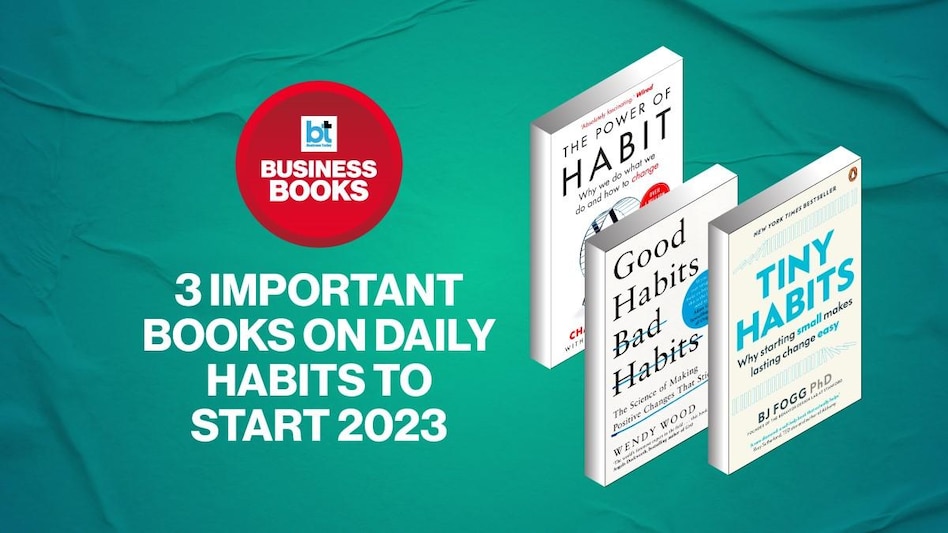
 Change your habits to transform your life
Change your habits to transform your life  Change your habits to transform your life
Change your habits to transform your life A week into January already, so how do you plan to make all the changes that you planned to make at the start of the year? What ultimately helps in transforming a habit or in adapting a new one is the consistent reinforcement of habit. Habits good or bad forge results – so whether you are planning to give up a bad habit or pick up a new one, the way forward is to cultivate habits aligned with the results you desire.

Clear’s book on habit construction has by now hit most bookshelves across the world. The book is important because it primarily explains that the sure shot way to forge a habit is by taking minuscule steps or what it calls – atomic steps. Clear explains that all habits are based on a pattern built over time in four steps:
1. Cue
2. Craving
3. Response
4. Reward
Clear suggests that human behaviour is shaped by environment. So, the first step which Clear titles as ‘cue’ is nothing but the triggers in our environment that sets off a habit. The next three steps follow to help create a pattern. A cue basically triggers a promise of a reward. Like the whiff of a cake being baked in the kitchen. This immediately leads to a craving – say wanting to eat the cake as soon as it is ready. This is followed by a response – say you need to cool down the cake, cut a piece and eat. This is followed by reward or the satisfaction you draw from doing something. The internal reward system alerts you on whether you want to experience the same once again or not. Clear suggests that one can tweak the entire cycle of habits at the very start by adding cues that lead to desired rewards or removing cues that eventually lead to habits that you do not want to reinforce.

The book is based on Fogg’s extensive coaching experience of over 40,000 people. A habit expert, the book is full of insights on how one can design habits that may ultimately lead to happier and healthier lives guided by positive emotions. The conclusions drawn by Fogg in the book encompasses 20 years of his work in the field. The book has been designed to aid life-transformation and helps in refocusing attention towards one’s successes instead of failures. Fogg advises that one should start small by creating behavior anchors and celebrate each time a goal has been accomplished. Fogg advises that if a tiny habit fails, go back to change the prompts you have set for the habit to get grip. He says that a habit often doesn’t get formed because it has not been designed properly to take off. But once a tiny habit is established, over a period of time – it can grow and become something big and wonderful that can actually shape the course of your life.
Fogg divides habits into three types:
1. Uphill habits
2. Downhill habits
3. Freefall habits
Uphill habits are those that take regular consistent work like going to the gym for instance. Downhill habits are those which we have to bring a stop to. Freefall habits are addictive and the most difficult to break. Fogg suggests that all habits can be changed, developed or eradicated entirely.

Business journalist, Charles Duhigg dives deep into how habits are constructed and how changing certain habits could lead individuals and companies reinvent and transform from within. Duhigg takes the reader through a scientific study of Olympic swimmer Michael Phelps, Civil-rights activist Martin Luther King Jr. He also goes through the established practices at Target, NFL locker rooms, Procter & Gamble and others which establishes how keystone habits can make a difference between success and failure. The Power of Habit shows how any successful achievement from being healthy and fit to building revolutionary companies are all results of great habits.
Copyright©2025 Living Media India Limited. For reprint rights: Syndications Today